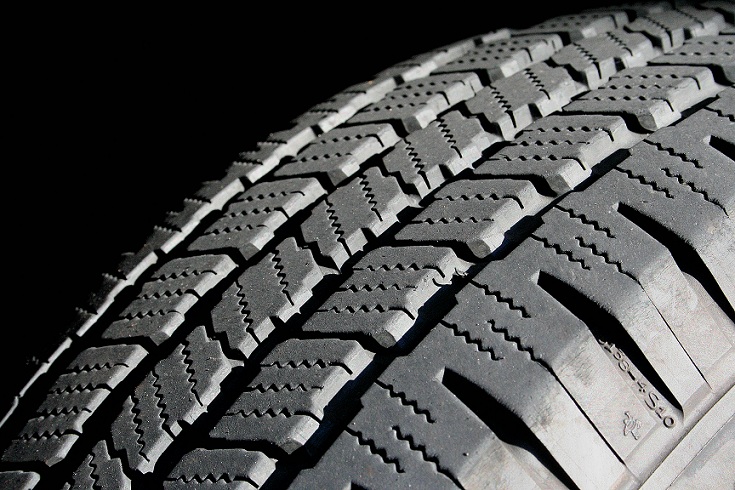Travel
4 Purpose of Your Tyres

Before understanding the functions of the tyres, first, let’s have a look at what exactly is a tyre. A tyre is made of a rubber case with air trapped inside. This rubber case is made up various components such as fabric, wires, synthetic and natural rubber along with black carbon pigment for the black colour.
Now that we know what a tyre is, let’s try to understand how important it is. A tyre is the only point of contact your entire car has with the road you are driving on. So, to make it clearer, the contact space is the size of a palm, and that is where all the action is happening. In that contact space, you are accelerating, you are turning your directions, the full weight of your car Is being held up.
Hopefully, understanding the purpose of the tyres will give you more clarity on maintaining the health of them and making sure you replace them (if need be) so everyone is a little bit safer on the road.
Carry and hold up your car
As discussed above, the tyres on your car are responsible for making sure the car stays up on the road. That is why it is important to make sure the tyres are strong enough to not only carry the weight of the car but also carry the weight of the passengers and various items with them, such as the heavy luggage on the way or back from the airports or all the different things you take with you during a long road trip.
Usually, the tyres are very sturdy and able to carry substantial weight. However, during an unusual event, you are unsure if the car can carry the heavyweights, check the codes on the side of your tyres to confirm.
To explain further, let’s use an example code: P195/60R16 63H M+S
In the example code above, 63 is the load rating of the tyre. It is usually written along with the speed rating of the tyres. Dunlop SP VAN01 for example is a prime example of carrying heavy loads.
Absorb road shocks
Another nifty thing a tyre does is absorb the various shocks and disturbances you would have likely experienced during your car ride. These are done through the shock absorbers in your tyres. They are the ones that jounce and rebound when experiencing potholes, making sure the tyre itself remains smooth and in constant contact with the road, giving you a smoother ride.
Another element contributing, are the treads found on your tyres. The different tread patterns used to depend on various things, such as the condition of the road – is it wet? Muddy? The type of journey – will it be a mostly straight road, like a highway, or will there be twists and turns, such as up or down a mountain?
Speed up and slow down
Just a reminder, that palm-size contact is the only space the tyres have to grip the road to slow down. The tread of the tyres plays an important role in this. If the treads have levelled out, usually over time due to wear and tear or if the tyres have not been maintained, there is nothing there to offer resistance between the road and the tyre. In the absence of resistance, the tyres may become slippery and may take more time to slow down. This can be very dangerous if you need to come to a stop in a very short span of time.
Change directions
Again, the car itself does not turn in the direction you want to go, the tyres are the component that are turning, and as they are the ones carry the car, the car turns as well. This function also depends on the friction between the tyres and the road and as discussed above, tyre treads are responsible for making sure the grip is strong and present. In normal conditions, the quality of the treads is maintained for a long time. However, if you are going to be driving in the snow or heavy rain, you are likely going to need extra protection to still have the usual control on your car. Getting tyre socks or installing snow-chains is a great way to maintain the quality of the tyre and to make sure you and your passengers are safe.




![[pii_email_4c910535350b5a41ee81] Error Code Resolved](https://wigily.com/wp-content/uploads/2020/09/pii_email_4c910535350b5a41ee81-Error-Code-Resolved.jpg)
